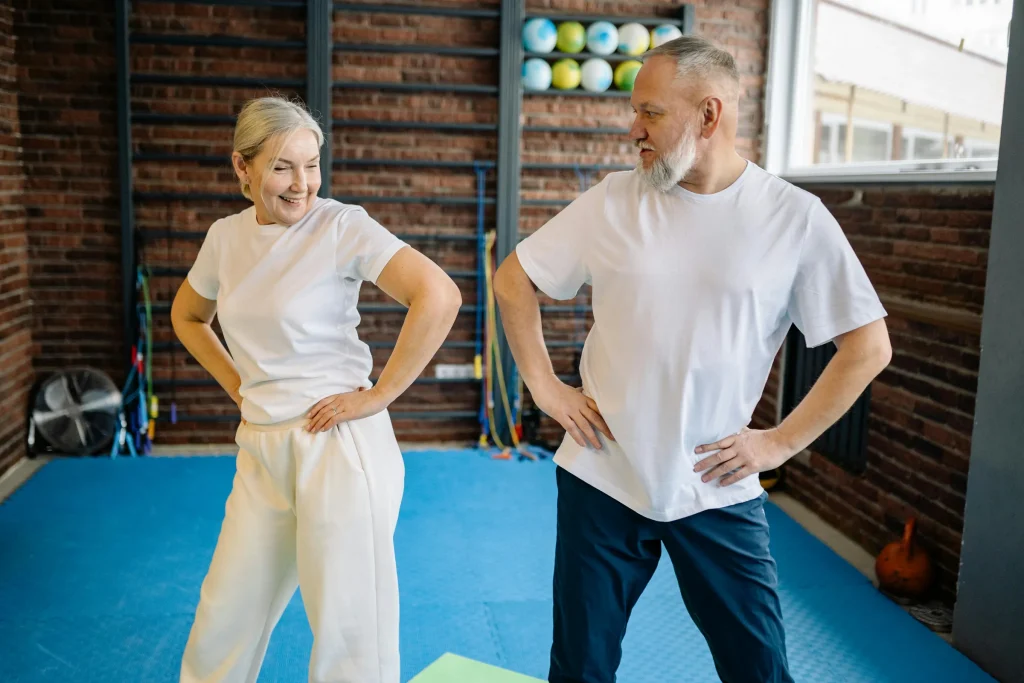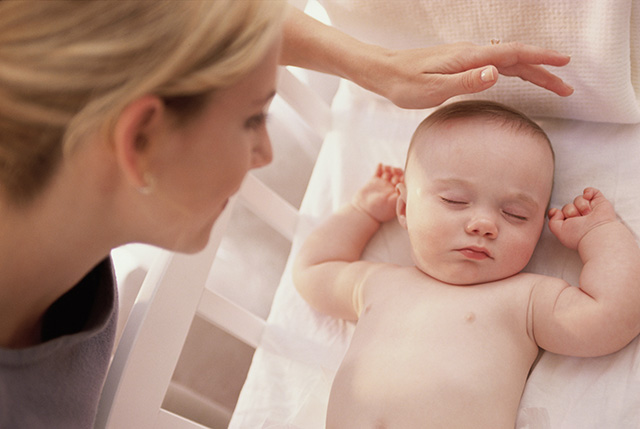Fewer children overall are dying from sudden infant death syndrome, or SIDS. Yet it still strikes more than 1,500 newborns every year. Parents need to be up-to-speed on the best tactics for preventing SIDS. Unfortunately, a recent study shows many may not be doing all they can to protect their child.
What causes SIDS?
When a child younger than 1 year of age dies from no known cause, it may be considered SIDS. These children die suddenly and unexpectedly while sleeping. The most common victims are those younger than 2 months of age, especially newborn males.
The exact cause of SIDS is not known. But some children may be more likely to get the syndrome. Their ability to wake themselves up if their airway becomes blocked while sleeping may not be fully developed. Breathing disorders, such as those sometimes found in premature infants, may also contribute to SIDS.
Where a baby sleeps plays a major part too. The continued use of bedding may be of special concern. That’s what researchers found when they looked at the results of a nationwide survey on infant sleep patterns. The survey spanned from 1993 to 2010. Over that time frame, nearly 19,000 caregivers answered questions about how their infant slept. Alarmingly, close to half of respondents said they still put some kind of bedding in the newborn’s sleep space.
Why the concern?
Experts have long stressed that blankets, cushions, pillows, and other bedding don’t belong in a crib. These items can block a child’s airway while sleeping. The best sleep space for an infant is a crib with only a mattress and a fitted sheet. Other places can raise your child’s risk for suffocation and SIDS. These include chairs, adult beds, sofas, and car seats.
In addition to banishing bedding, you should take the following steps to protect against SIDS:
- Always put your child to sleep on his or her back until 1 year of age, even if it’s a short nap. This sleep position is safest for newborns.
- Try a pacifier. Not all children will use one. But studies suggest pacifiers may reduce the risk for SIDS. Don’t use a pacifier with a string or other attachment. It may cause strangulation.
- Keep the crib clear of stuffed animals and other toys. Also don’t use wedges or other devices that claim to keep a child in a safe sleeping position. They have not been proved to prevent SIDS.
- Avoid sharing a bed with your baby. If possible, place your child’s crib in the same room, so you can more easily tend to his or her needs.
- Don’t smoke in or near a child’s sleep space. Children exposed to cigarette smoke are more likely to die from SIDS.
Back sleeping may cause some children to develop flattened skulls. To avoid this problem, fit in some supervised tummy time as well.









